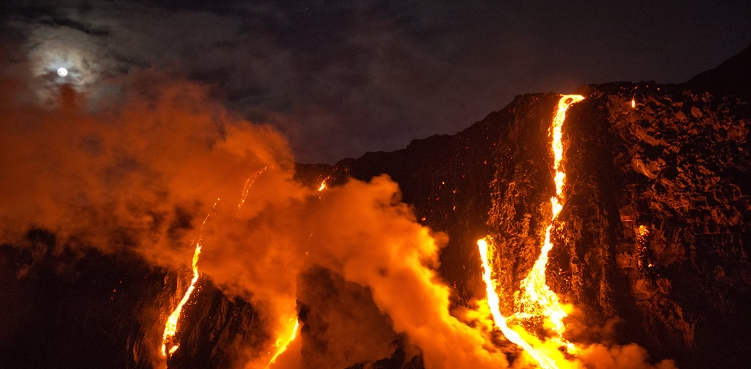Volcanoes are a natural phenomenon that captivate and awe us with their power and beauty. These majestic mountains of fire and rock can have a profound impact on the Earth and all living organisms.
Formation of Volcanoes
Volcanoes are formed when molten rock, or magma, rises to the surface of the Earth through a vent or fissure. When the magma erupts, it can form mountains, calderas, craters, and lava flows.
Types of Volcanoes
There are different types of volcanoes, including shield volcanoes, stratovolcanoes, and cinder cone volcanoes. Each type has its own unique shape and eruptive style.
Eruptions and Lava Flows
During eruptions, volcanoes can spew ash, lava, and gases into the atmosphere. Lava flows can destroy everything in their path, including homes, infrastructure, and vegetation.
Environmental Impact
Volcanic eruptions can have a significant impact on the environment. Ash and gases released during eruptions can block sunlight, lower temperatures, and affect weather patterns.
Tectonic Activity and Earthquakes
Volcanic activity is often associated with tectonic plate movement and earthquakes. When plates collide or separate, magma can rise to the surface and create volcanic eruptions.
Human Interaction
Despite the dangers posed by volcanoes, many people choose to live near them due to the fertile soil and potential for geothermal energy. However, these communities are at risk of eruptions and lava flows.
Monitoring and Prediction
Scientists use a variety of tools, such as seismometers and gas sensors, to monitor volcanic activity and predict eruptions. This helps to keep people safe and mitigate the impact of volcanic disasters.
Overall, volcanoes are powerful forces of nature that have shaped the landscape of the Earth for millions of years. While they can be destructive, they also provide valuable resources and insights into the inner workings of our planet.

